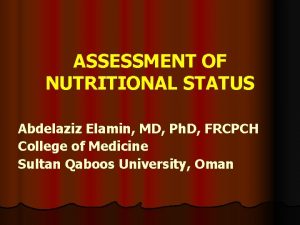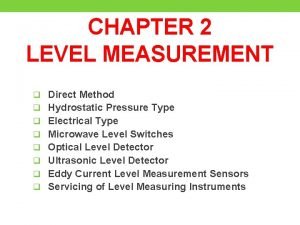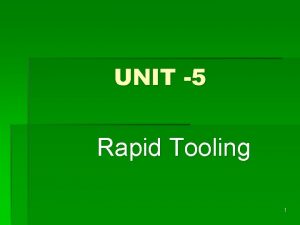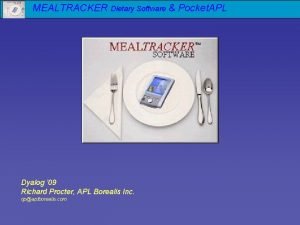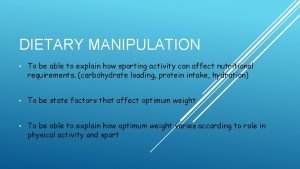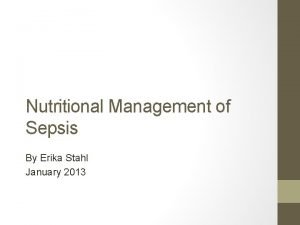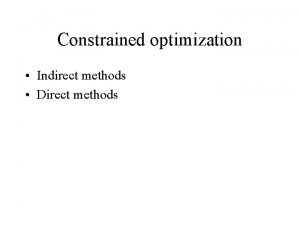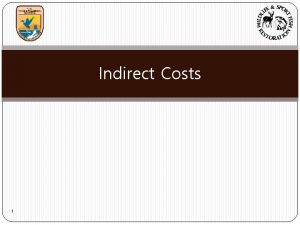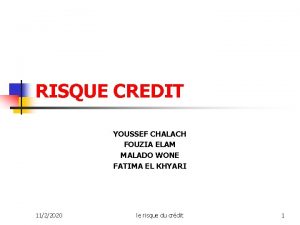Dietary Assessment Indirect Dietary Methods Fouzia Akter Assistant



















- Slides: 19

Dietary Assessment- Indirect Dietary Methods Fouzia Akter Assistant Professor Department of Nutrition and Food Engineering

Methods of Dietary Assessment


Food Consumption at National Level Food Balance Sheet (FBS) Approach

⇧ Exports: Food added to stocks Domestic Food Production ⇧ Imports: food taken from stocks + Total Food Available or Gross National Food Supply ⇧ Nonfood uses: predictable waste ⇧ Net Food Supply ⇧ Manufacture, Distribution and Storage ⇧ ⇧ Manufacture, Distribution and Storage losses Commercial + Industrial + Household Food Purchase ⇧ ⇧ Waste Food Consumed

Food Consumption at Household Level Household Consumption and Expenditure Survey (HCES)

HCES • Household food consumption has been defined as “the total amount of food available for consumption in the household, generally excluding food eaten away from the home unless taken from home”. • Household members keep records on all expenses and type of foods consumed during a specific time period, usually one to four weeks. • However, household surveys do not provide information on the distribution of food consumption between family members, cooking methods or food losses. These surveys are often performed for economic reasons rather than for nutrition or health reasons.

HCES Strengths Limitations • Inexpensive source of nutrition data. • Collect information on socioeconomic and demographic characteristics of the head of household. • Information collected enables examination of trends and changes in overall national food availability and consumption • Limits the ability of the respondent to report completely. • Units used to report food quantity are non standardized. • Food wasted or food given away is not accounted for. • Food eaten away from home is not always accounted for. • Does not collect information on individual food consumption or on the distribution of foods among household members.

Food Frequency Questionnaire (FFQ)

Features of FFQ • FFQs assesses the frequency with which foods and/or food groups are eaten. • A certain time period is required. • FFQs can include information about portion sizes and/or quantity of food intake. • Foods selected should encapsulate the objectives of the assessment. • The frequency and portion size responses. These should be closeended rather than open-ended, to minimize errors in coding and transcription.

FFQ Strengths • Assess the usual intake over a long period of time. • An open section added to the end of the questionnaire can allow for addition of foods consumed that are not present in the food list. • Since it is a retrospective method, it does not affect eating behavior. • Relatively simple to administer and inexpensive when compared with other assessment methods (i. e. 24 hours recall, dietary records). Limitations • The food list cannot cover all the foods consumed by the respondent, which may lead to underreporting. • Does not give precise information on the estimated portion size consumed. • Self-administered FFQs can lead to misinterpretation of questions and the omission of food items that are not understood by the respondent. • Relies heavily on memory; therefore, declined cognitive ability can result in errors when reporting on frequency and portion size estimation.

Template FFQ questionnaire

24 -hour Recall Method

24 -hour Recall • In 24 -hour recall, respondents (i. e. adults, children and their parents or caretakers) are asked, by a nutritionist or dietitian who has been trained in interviewing techniques, to recall and report all foods and beverages consumed over the preceding 24 hours. • The method assesses the actual intake of individuals. • Information on 24 -hour recall is collected using an open-ended format. • As 24 -hour recall is dependent on memory and cognitive functions, it can be challenging to study in young children (under the age of eight years), or in elderly and institutionalized groups. • This method can be conducted either in person or by telephone.

24 -hour Recall Method Strengths Limitations • Assesses the usual intakes of a large population (provided that the sample population is representative and the days of the week are adequately represented) • Captures information on eating patterns, preparation methods, place of consumption, etc. • Open-ended format used is appropriate for all eating patterns. • Recalls intakes over the last 24 -hours, therefore there is less burden on the respondents’ memory, leading to better accuracy and response rates. • Needs multi-day recalls to adequately represent the habitual intake of individuals and to take into account seasonality differences. • Requires well-trained interviewers with knowledge of cultural practices, eating habits, local recipes and preparation methods. • Expensive due to the fact that extensive training is needed for the interviewers and the time spent on data entry and food matching with food composition data.

Dietary History

Dietary History • Dietary history is a detailed assessment to describe usual food intake and its variation over a long period of time (six months to a year). • The three parts of a dietary history are 1. an in-depth interview to assess usual food intake and eating patterns; 2. a food list; 3. a three-day record with portion size estimates used as cross-checks. • Dietary histories were originally developed for clinical use, e. g. dietetic counselling, and are not often used in low resource settings, because they require well trained nutritionists with experience in dietary assessment.

Dietary History Strengths Limitations • Provides details of meal patterns, individual foods consumed and usual food intake after completing a single interview. • Labour-intensive, time-consuming, may not be suitable for young children and elderly respondents. • Relies on respondent’s memory, can lead to recall bias. • To obtain detailed information on food intake, longer interview times are needed, resulting in high respondent burden. • Data entry and coding is time consuming and requires trained personnel • Provides quantitative estimates of energy and nutrient intakes. • Useful to describe usual food or nutrient intake over a relatively long period of time. It can be used to estimate prevalence of inadequate diets.

Thank You
 Fouzia khursheed ahmad
Fouzia khursheed ahmad A-wax pattern recognition
A-wax pattern recognition Parvin akter banu
Parvin akter banu Dr parvin akter banu
Dr parvin akter banu Khadiza akter
Khadiza akter Abcd nutrition assessment
Abcd nutrition assessment Hook type level measurement
Hook type level measurement Direct characterization examples
Direct characterization examples Similar triangles
Similar triangles Rapid tooling classification
Rapid tooling classification Dietary acculturation
Dietary acculturation Mealracker
Mealracker Dietary supplements meaning
Dietary supplements meaning Scottish dietry goals
Scottish dietry goals Dietary management of diabetes
Dietary management of diabetes Eating habits questionnaire for students
Eating habits questionnaire for students Dietary manipulation in sport definition
Dietary manipulation in sport definition Hong kong dietary guidelines
Hong kong dietary guidelines Dietary supplement questionnaire
Dietary supplement questionnaire Sepsis dietary management
Sepsis dietary management





